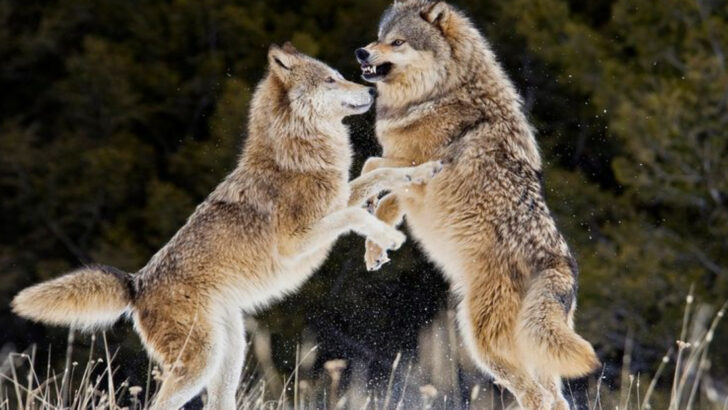Washington State is like a living, breathing wildlife wonderland. From dense forests to towering mountains and rugged coastlines, the wilderness here is home to creatures that will leave you breathless.
Imagine hiking through the woods and suddenly spotting a bald eagle soaring above you, or catching a glimpse of a cougar silently watching from the shadows. These are the moments that make Washington’s great outdoors unforgettable.
Whether you’re venturing into the heart of the Cascades or strolling along the Pacific shore, wildlife is never far away. The diversity of animals in this stunning state is as wild and captivating as the landscapes they call home.
Get ready to meet 23 incredible creatures that roam Washington, each one more thrilling than the last. Trust us—this is a journey you don’t want to miss.
Bald Eagle
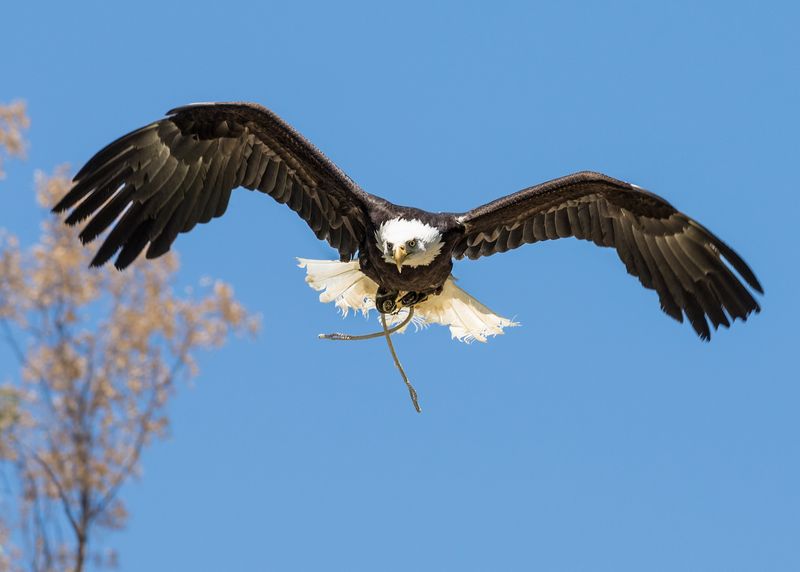
The bald eagle, with its striking white head and tail, is a symbol of American freedom. Often seen soaring high above Washington’s forests and lakes, it’s a sight to behold.
With a wingspan that can reach up to 7.5 feet, these eagles are formidable hunters. They primarily feed on fish, snatching them from the water with their powerful talons.
Observers might spot them near large bodies of water such as Lake Washington. These eagles are not just majestic but are also a success story of conservation efforts in the U.S.
Cougar
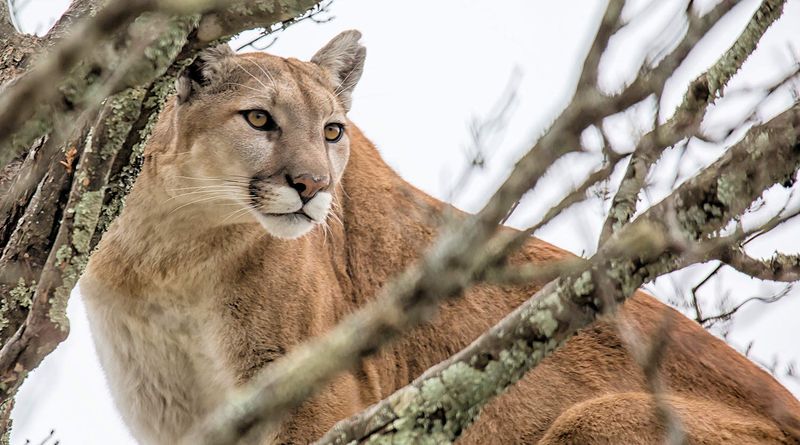
The cougar, also known as the mountain lion, is Washington’s apex predator. Elusive and solitary, these big cats inhabit dense forests, often unseen by humans.
They have a preference for deer but will hunt other animals when necessary. With powerful limbs, a cougar can leap distances of up to 40 feet.
Hikers in remote areas should remain vigilant and avoid hiking alone. These animals are rarely a threat to humans but should be respected for their power.
Roosevelt Elk
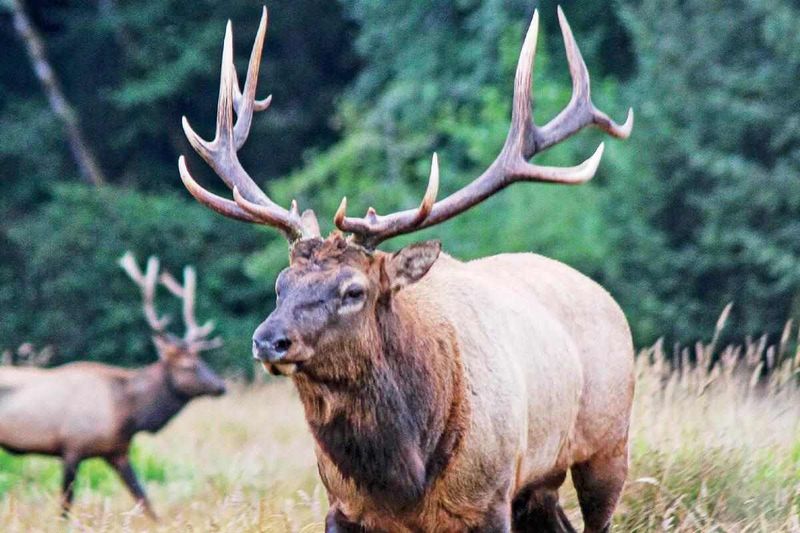
The Roosevelt elk is the largest of the four North American elk subspecies. Found in the rainforests of the Olympic Peninsula, they are named after President Theodore Roosevelt.
Males, known as bulls, are recognized for their large, sprawling antlers. These elk play a significant role in their ecosystem, promoting plant growth through grazing.
Visitors to Olympic National Park often spot these majestic creatures. Observing a herd moving through a misty meadow is truly an unforgettable experience.
Gray Wolf
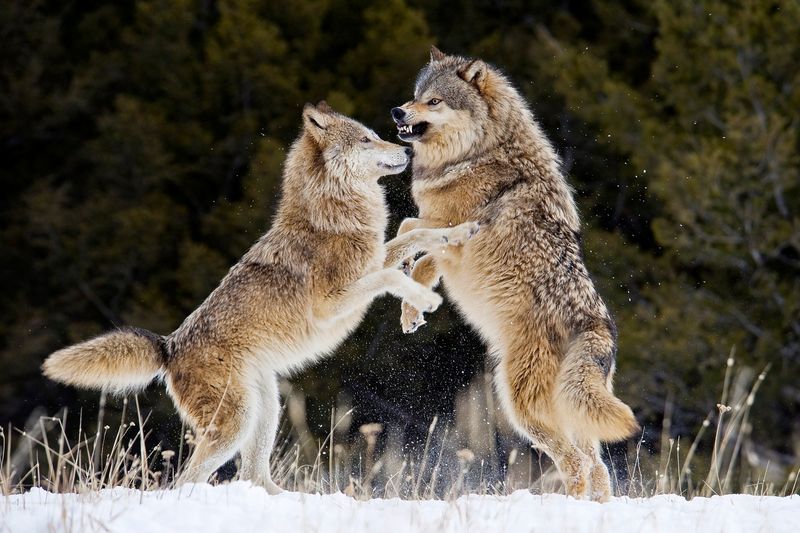
Gray wolves are skilled pack hunters and are vital to Washington’s ecosystem. Once nearly extinct, their numbers have rebounded due to conservation efforts.
They hunt in packs, relying on teamwork to bring down prey such as deer and elk. Wolves communicate through a complex system of howls, barks, and body language.
Spotting a wolf in the wild is rare but can be an exhilarating experience.
Their presence signifies a healthy, balanced ecosystem.
American Black Bear
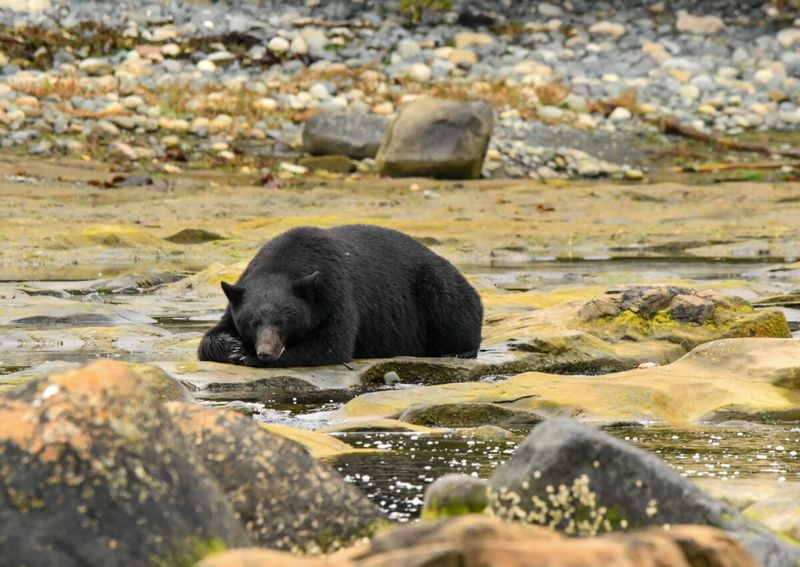
The American black bear is a common sight in Washington’s forests. Despite their name, they can be black, brown, or even cinnamon-colored.
These bears are omnivorous, eating everything from berries to small mammals. Known for their intelligence, they have excellent memories and problem-solving abilities.
If you encounter one, make noise to avoid surprising it, as they usually avoid humans. During autumn, they consume large amounts of food to prepare for hibernation.
Mountain Goat
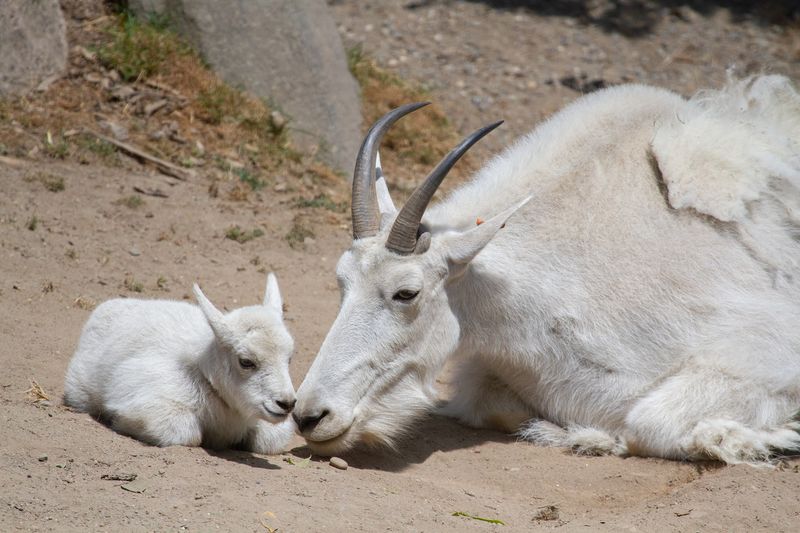
Mountain goats are not true goats but belong to the family Bovidae. They are masters of their mountainous habitat, often seen on steep cliffs. These goats have specialized hooves that help them climb rocky terrain with ease.
Their woolly white coats provide insulation against cold temperatures. Spotting them in North Cascades National Park is a delight for hikers. They primarily feed on grasses, herbs, and shrubs found in alpine regions.
Northern Spotted Owl
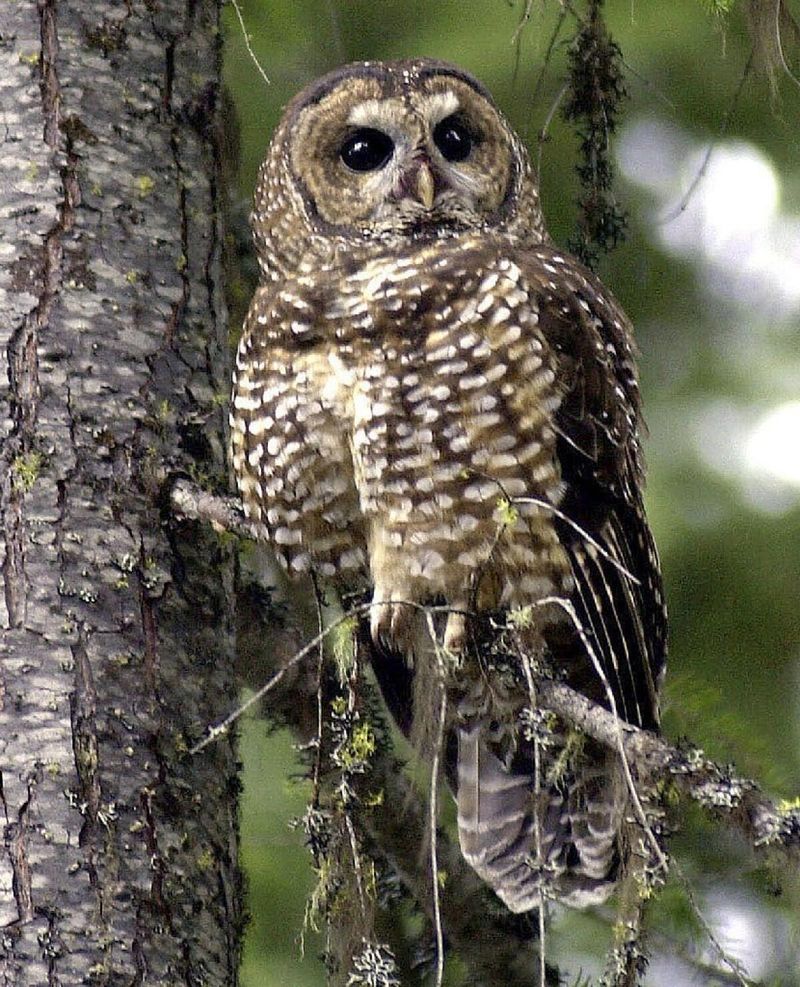
The northern spotted owl is a rare sight, residing in old-growth forests. It has become a symbol of conservation challenges due to habitat loss. These owls have a unique pattern of brown and white spots, aiding camouflage.
Their diet mainly consists of small mammals and birds. Conservation efforts are crucial to maintain their population. Spotters need patience and luck to encounter this elusive bird.
Olympic Marmot
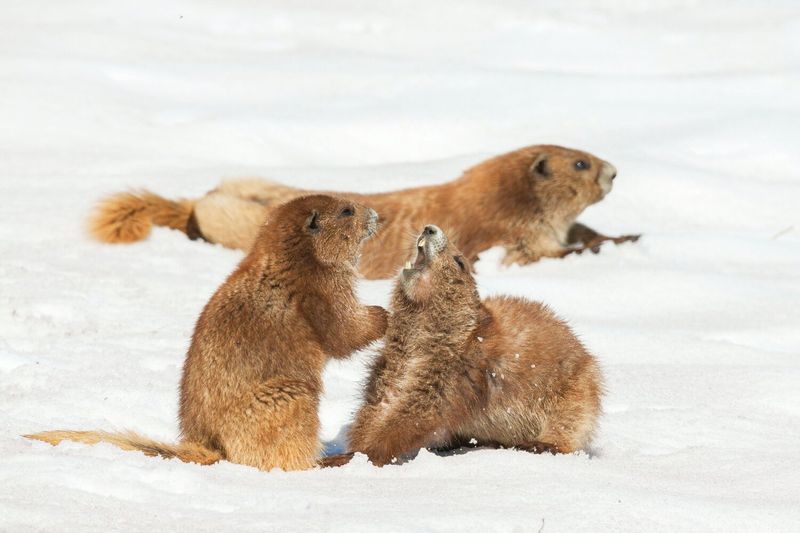
Endemic to Washington, the Olympic marmot is exclusive to the Olympic Peninsula. These social creatures live in colonies, often seen sunbathing on rocky slopes.
They communicate with shrill whistles to alert each other about predators. Marmots hibernate for over half the year, retreating into underground burrows.
They feed on a variety of plants, flowers, and grasses during the short summer. Observing a family of marmots is a highlight for visitors to Olympic National Park.
Western Rattlesnake
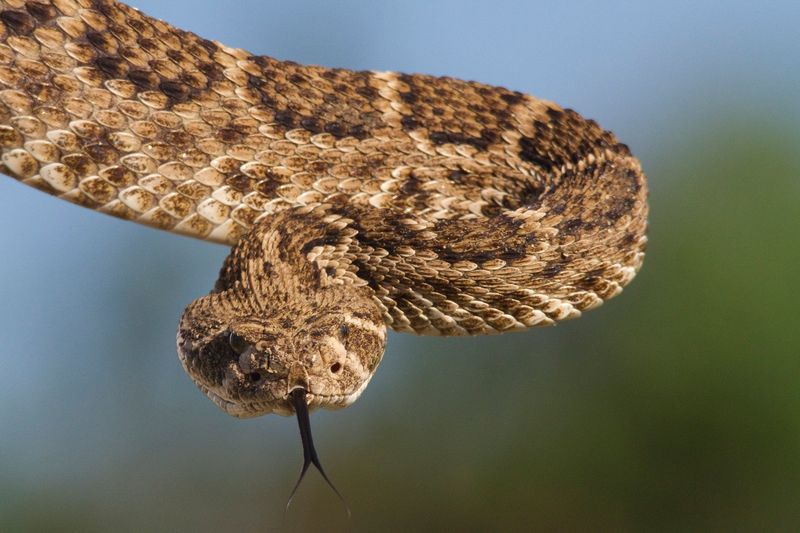
The western rattlesnake is the only venomous snake in Washington. Found in arid regions, they are easily recognized by their distinctive rattle.
Rattlesnakes are generally shy and will avoid humans if possible. Their venom is used to immobilize prey, primarily rodents and small animals. Hikers should watch their step and listen for the rattling warning sound.
Despite their fearsome reputation, they play a crucial role in controlling rodent populations.
Steller’s Jay
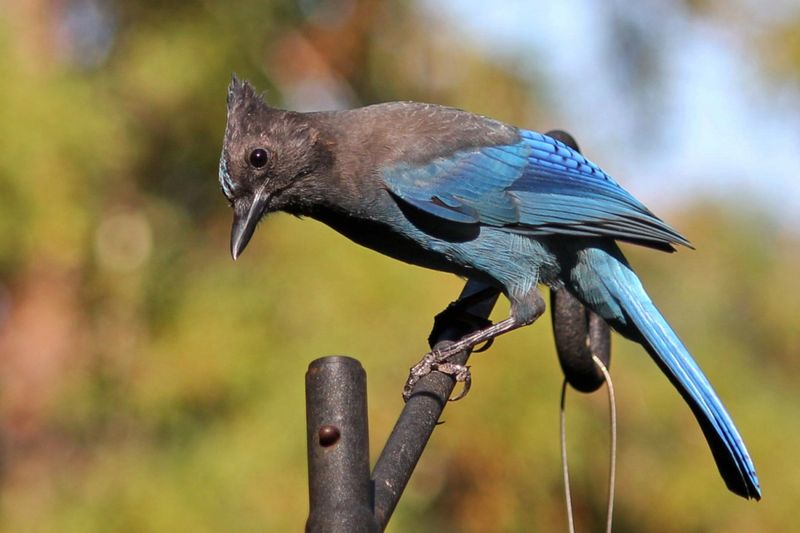
Steller’s jays are known for their bold personality and striking coloration. Their bright blue and black plumage makes them stand out in any forest.
These intelligent birds are part of the corvid family, known for problem-solving skills. They are omnivorous, feeding on nuts, seeds, and insects.
Visitors might find them mimicking other birds or even human sounds. Encountering a Steller’s jay adds a splash of color to any nature walk.
Columbian Black-tailed Deer
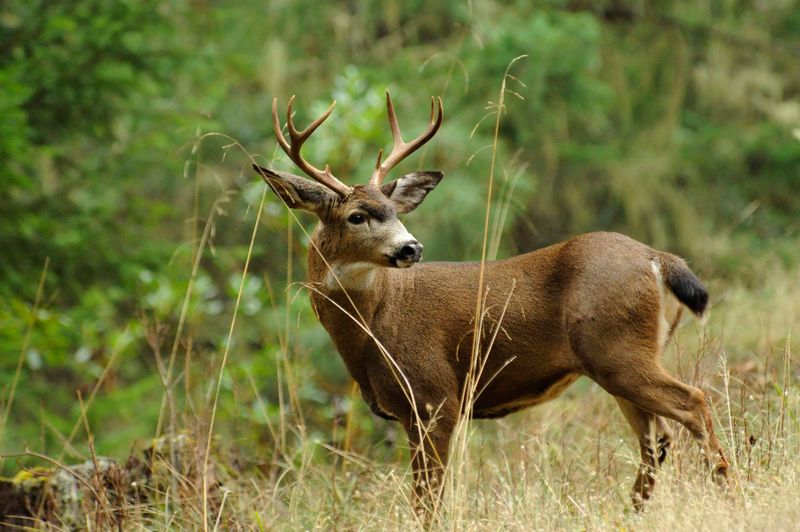
The Columbian black-tailed deer is a subspecies of the mule deer. They are commonly found in the coastal regions and forested areas of Washington.
Recognizable by their large ears and distinctive black tail tip, they are graceful creatures. During summer, they are often seen grazing in open meadows and forest edges.
In winter, they move to lower elevations to find food. Observing a herd of these deer in the wild is a serene experience.
American Beaver
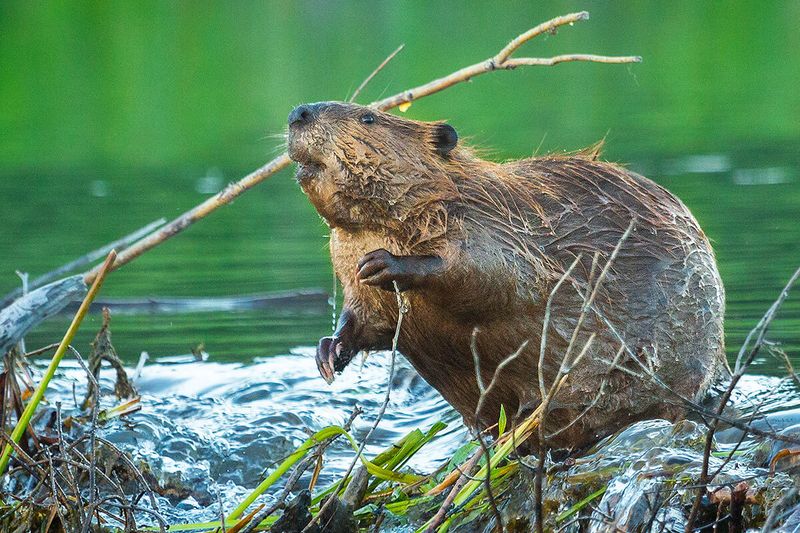
The American beaver is nature’s engineer, known for building dams and lodges. These aquatic mammals have large, flat tails and powerful incisors for cutting wood.
Their activities create wetlands that benefit a variety of other species. Beavers are primarily nocturnal, making spotting them during the day a rare treat.
They feed on bark, leaves, and aquatic plants. Watching a beaver at work is a fascinating glimpse into their industrious nature.
Osprey
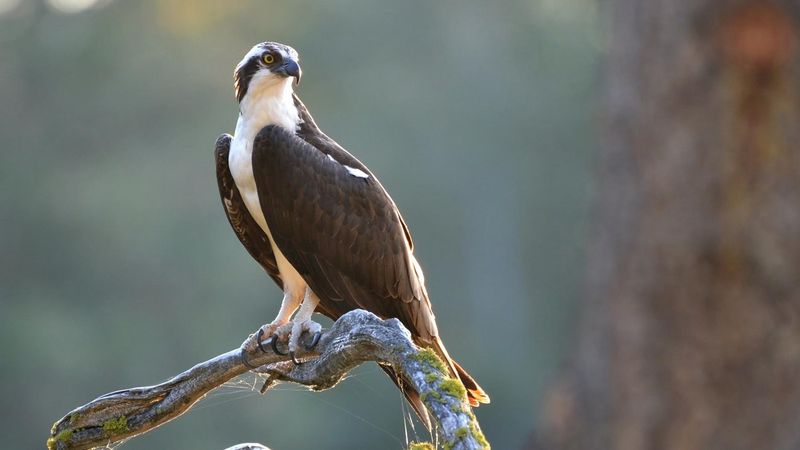
Ospreys are skilled fish hunters, often seen diving to catch prey in Washington’s waters. With their distinctive M-shaped wings, they are easily recognizable in flight.
These birds build large nests near water bodies, reusing them year after year. Their presence indicates healthy water ecosystems, as they rely on abundant fish.
Observers can often spot them along the Columbia River or near coastal areas. Witnessing an osprey’s hunting prowess is an awe-inspiring sight.
Pacific Tree Frog
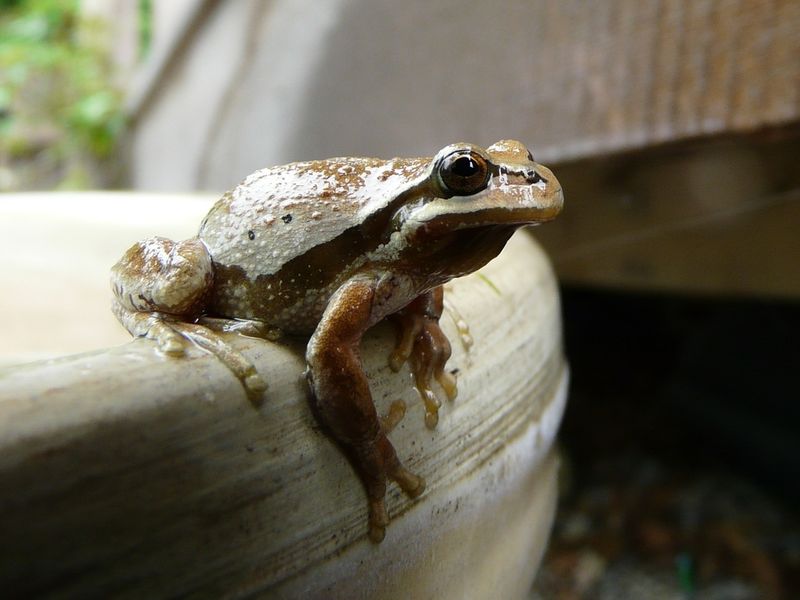
The Pacific tree frog is a small amphibian with a big voice. Known for their loud croaks, these frogs are often heard during rainy seasons.
They have an incredible ability to change color from green to brown for camouflage. Despite their small size, they are resilient and adaptable, thriving in various habitats.
Spotting one requires a keen eye, as they blend seamlessly with their surroundings.
Their presence is often a sign of a healthy environment.
Red Fox
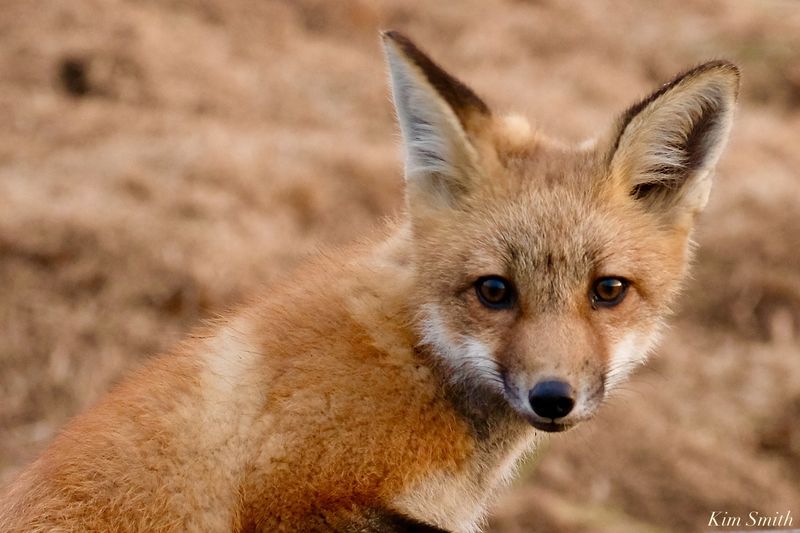
The red fox is a cunning and adaptable predator found throughout Washington. With its fiery red coat and bushy tail, it’s a captivating sight in the wild.
These foxes are omnivorous, eating everything from small mammals to fruits. They are known for their intelligence and ability to thrive in varied environments.
Foxes typically avoid humans but can be seen in rural and suburban areas.
Observing a red fox in its natural habitat is a delightful experience.
Great Blue Heron
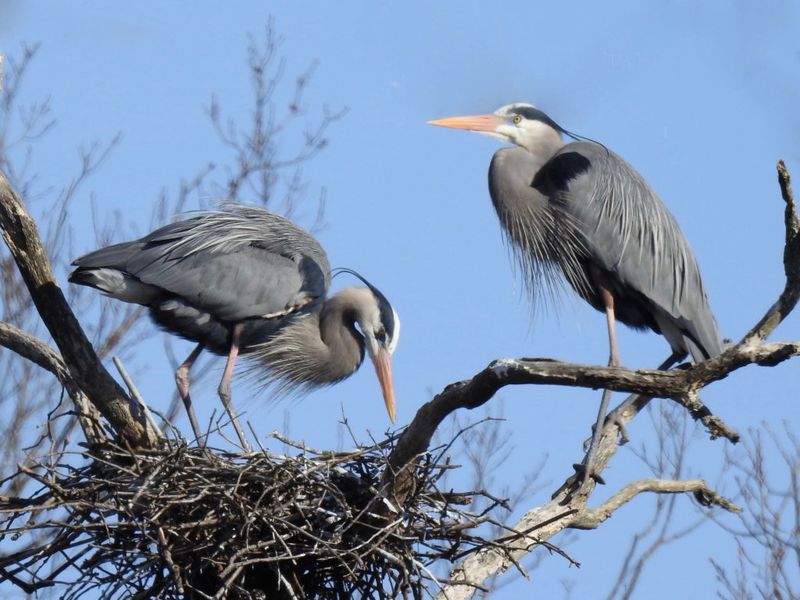
The great blue heron is a large, elegant bird found in Washington’s wetlands. With its long legs and neck, it’s a skilled hunter of fish and amphibians.
These birds are often seen standing silently in shallow waters, waiting for prey. Their impressive wingspan allows for graceful flight across lakes and rivers.
Herons nest in colonies, often in tall trees near water sources. Spotting one in the wild is a testament to the state’s rich biodiversity.
Coyote
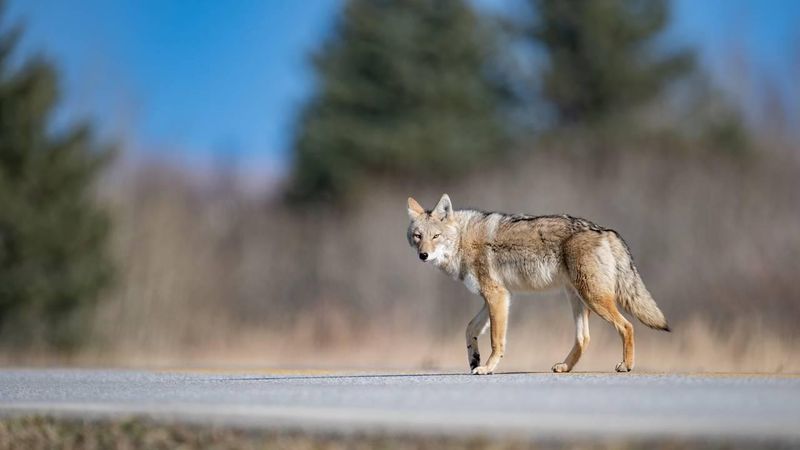
Coyotes are highly adaptable canines found in both urban and rural areas of Washington. Known for their distinctive howl, they are often heard at dusk and dawn.
These opportunistic feeders eat a wide variety of foods, including rodents and fruits. Coyotes are skilled hunters and can run at speeds up to 40 mph.
They play a crucial role in controlling rodent populations. While often misunderstood, coyotes contribute to the ecological balance.
Raccoon
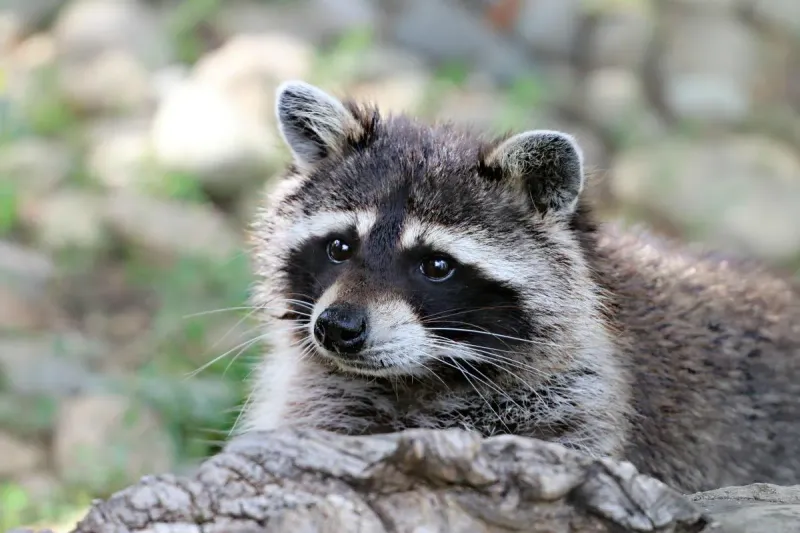
Raccoons, with their distinctive black masks, are intelligent and resourceful animals. Found throughout Washington, they are often seen near water sources.
These nocturnal creatures are skilled climbers and swimmers. Raccoons have a varied diet, eating insects, fruits, and small animals.
Their ability to adapt to urban environments makes them common in cities. Encountering a raccoon in the wild offers a glimpse into their clever and curious nature.
Peregrine Falcon
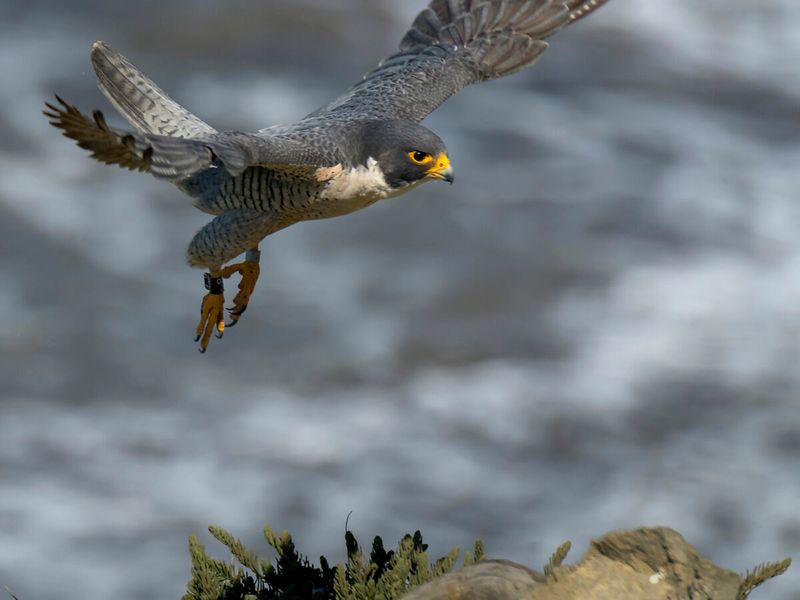
Peregrine falcons are the fastest birds in the world, capable of reaching speeds over 240 mph. They are often seen perching on high cliffs or tall urban structures.
These raptors have keen eyesight, allowing them to spot prey from great distances. Their primary diet consists of medium-sized birds, which they catch mid-air.
Conservation efforts have helped them recover from past population declines. Watching a peregrine falcon’s aerial acrobatics is truly awe-inspiring.
River Otter
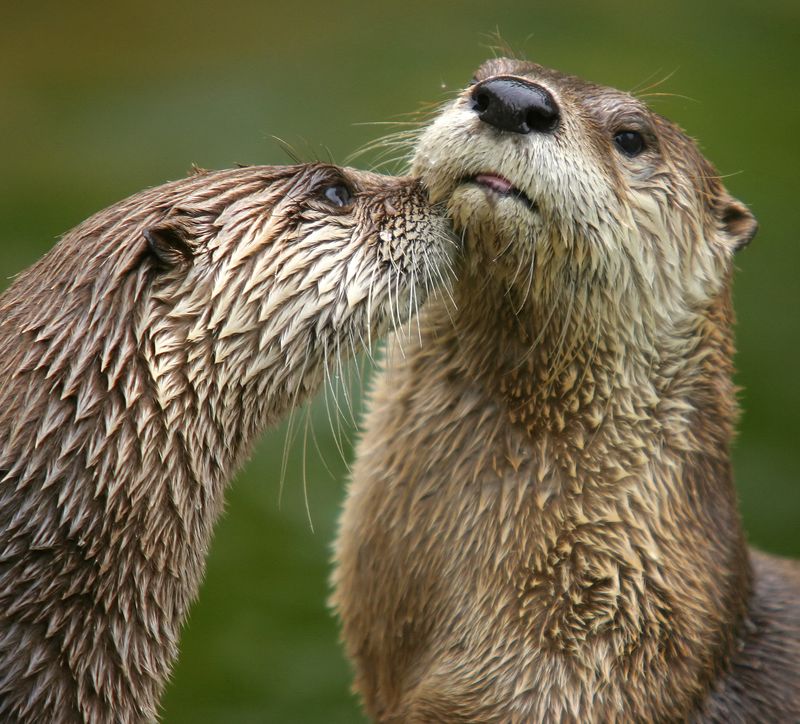
River otters are playful aquatic mammals found in Washington’s rivers and lakes. They are known for their sleek bodies and webbed feet, making them excellent swimmers.
Otters feed on fish, crustaceans, and small aquatic creatures. They are often seen playing and sliding on muddy banks.
Observing otters in action is a joyful experience, showcasing their lively nature. Their presence indicates a healthy aquatic ecosystem.
Porcupine
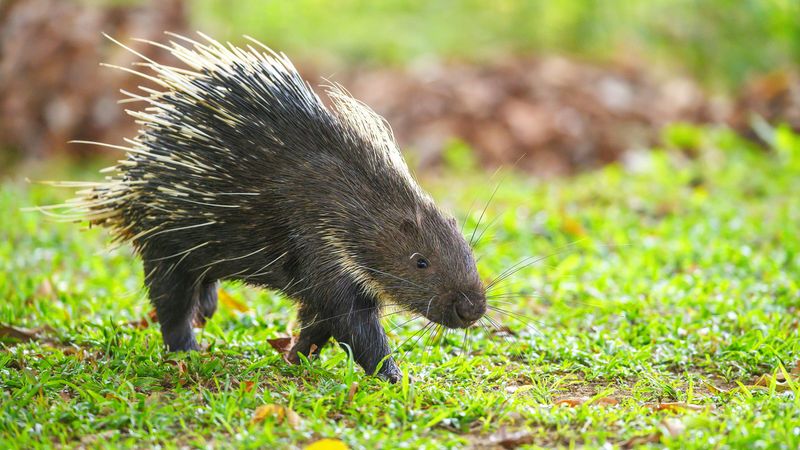
Porcupines are unique rodents, known for their sharp quills as a defense mechanism. These slow-moving animals are often found in forested areas of Washington.
They feed on leaves, bark, and wood, using strong teeth to gnaw on tree branches. Porcupines are nocturnal and can be seen climbing trees in search of food.
Their quills can detach easily, deterring predators effectively. Spotting a porcupine is a reminder of nature’s unique adaptations.
Humpback Whale
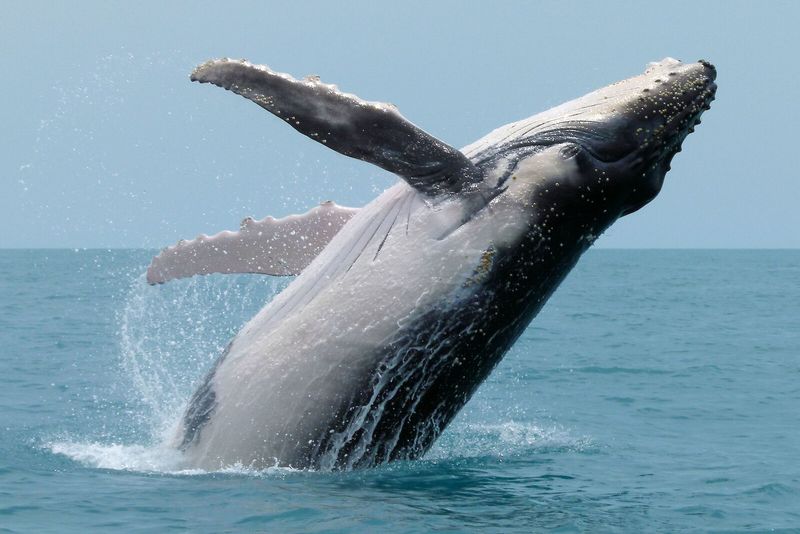
Humpback whales are a spectacular sight along Washington’s coastlines. These massive marine mammals are known for their acrobatic breaches and haunting songs.
They migrate long distances, feeding on krill and small fish in cold waters. Whale watching tours offer opportunities to observe these giants in their natural habitat.
Conservation efforts contribute to the growing populations of humpback whales. Witnessing a humpback whale’s breach is an unforgettable experience.
Pika
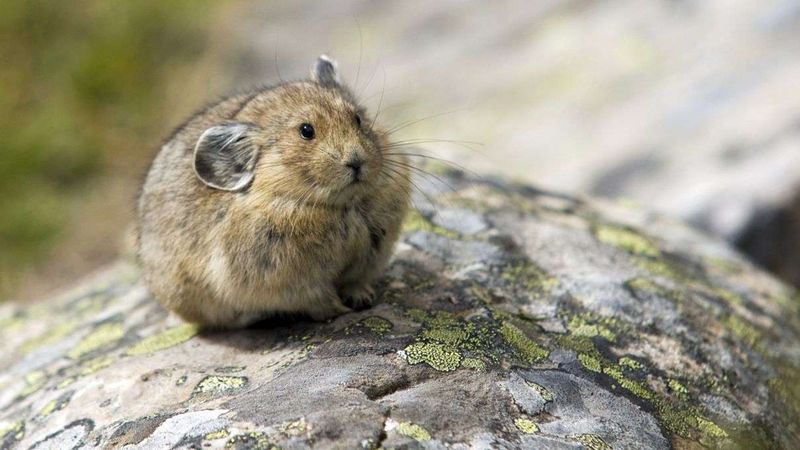
The Pika, a small mammal resembling a rabbit, inhabits the rocky slopes of Washington’s mountains. Known for its distinctive calls, the Pika is often heard before it is seen.
These herbivores spend much of their time collecting vegetation to store for the winter months. Despite their size, Pikas are hardy creatures, adapting to the harsh conditions of their mountainous habitat.
Spotting a Pika requires a keen ear and eye, as they blend seamlessly into their rocky surroundings. Their industrious nature and charming appearances make them a delight to observe.

